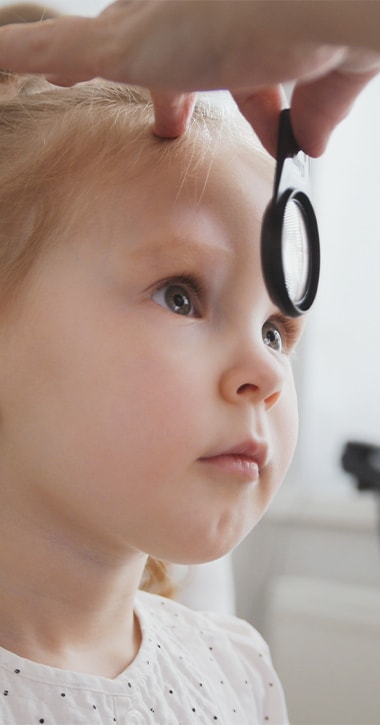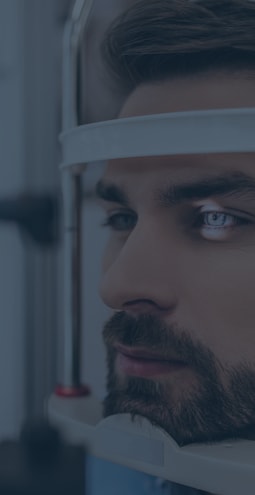Protect Your Child’s Eye Health with Annual Exams
Children’s eyes and their visual systems continue to grow and develop throughout their childhood and teen years. Children require regular eye exams to monitor this development, ensure they are hitting all their developmental milestones, and catch eye diseases, vision problems, or other conditions that may impact their ability to learn.
How often your child requires an eye exam depends on their age and their unique needs. We recommend following the Canadian Association of Optometrists (CAO) frequency schedule when deciding when to take your child for an eye exam:
Infants & Toddlers
The CAO recommends that children receive their first eye exam between the ages of 6 and 9 months. It is during this time that your child will gain eye muscle control and hand-eye coordination. This is also when issues like strabismus (crossed eyes) or amblyopia (lazy eyes) will surface.
Preschool Children
The CAO recommends that preschool children (2 to 5 years old) receive at least one exam before starting school. This exam will allow your optometrist to check your child’s visual development and uncover any additional issues.
At this age, your child’s learning and development are largely tied to their vision. You can use many different activities to help your child develop visual skills, like painting, colouring, or sorting sizes and shapes.
School-Aged Children
Because children rely so heavily on their eyes and vision during school and play, the CAO recommends that children between the ages of 6 and 19 undergo annual eye exams. Yearly exams will allow us to monitor your child’s development, diagnose refractive errors, like myopia or astigmatism, and potential eye conditions or diseases.












